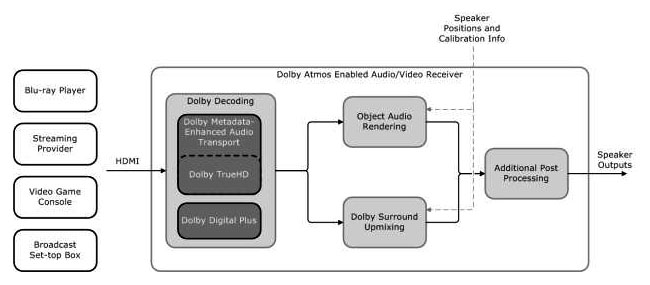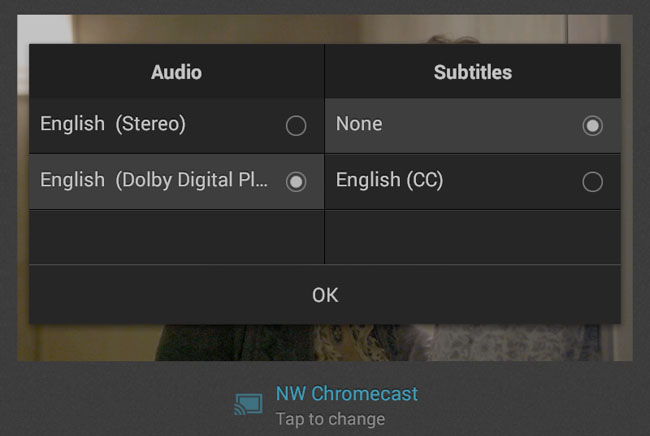This article is more than 1 year old
Pimp my lounge and pierce my ceiling: Home theatre goes OTT
Soundbars to Dolby Atmos: surround on Freeview, Netflix, Blu-ray et al
Turn your tender eyes
A few manufacturers have made noises about Atmos upgrades to older kit – perhaps they'll re-purpose the extra channels on 7.2 kit to add height – but what I want is an affordable AV processor that handles the HDMI switching, and gives me audio outputs I can deal with in the way I want. Of course, this is pretty much the polar opposite of the soundbar solution that's making all the running at the moment, so I'm not holding out much hope.
It's not just a matter of equipment, either. It's the content too. While there are movies being released for the cinema using Atmos, there's still a question over how they're going to get into the home. It looks like the main route for home users will be Blu-ray, which can easily carry just about any sort of bitstream audio. As Steve explained, there's also an enhanced version of Dolby Digital Plus with Atmos, for OTT and broadcast video services.

Dolby Atmos for the Home Theater output rendering
Step into that area, however, and it's a potential minefield. Readers may recall the hash made of launching surround sound on Freeview HD. The original spec for receivers didn't mandate transcoding, and most manufacturers assumed Dolby Digital Plus would be used, as that can be simply converted to Dolby Digital/AC3, which is supported by most home AV kit.
The service actually launched using HE-AAC instead, and it was only around a year later that transcoding became mandatory. Until then, it would be a matter of luck as to whether or not a specific bit of kit would actually be capable of giving you surround sound from a 5.1 broadcast.
While you can be confident now that Freeview HD kit will give you surround sound when it's broadcast, when it comes to the increasingly popular "over the top" services like Netflix, matters are far from clear.
Use a Roku, for example, and I happily get 5.1 audio from the films and TV shows on Netflix that have it (though annoyingly, the app doesn't always select the surround track automatically). View using Sky Store and there's no surround, leaving you to fall back to the processing options built into my AV receiver. In fact, Sky Store on the Roku doesn't even offer full HD, or a picture while you're using rewind – it's hardly cutting edge.
Switch to an Android tablet and try using the Netflix app there with a Chromecast and yes, you can get surround from some content, but a look around various internet forums reveals that many people find it hard to achieve consistent results. The Blinkbox tablet app, meanwhile, also works with Chromecast, but so far Blinkbox only offers stereo – though it will be rolling out surround.

Netflix audio choices on Chromecast
All this confusion is just for 5.1 audio – something that's not exactly state of the art, and for which there are chips readily available that can convert signals to Dolby Digital 5.1 or PCM, for older kit that doesn't have Dolby Digital Plus.
What does this mean? In my view, your best bet for Atmos in the home is likely to be Blu-ray, for quite some time to come, especially as things like Chromecast and apps on phones make the playback chain more complicated than ever.
As sweet as any harmony? It's worth stressing again that, yes, I think Dolby Atmos is great. Object-based audio systems are a very interesting development, and they can enhance good story telling in drama.
But right now, in a cash-strapped world where soundbars prevail rather than upgradable components, and people hang on to their AV equipment for much longer than they hang on to their mobile phones, I just can't imagine them rushing out to buy extra speakers and replace AV receivers in huge numbers. Would you? ®
